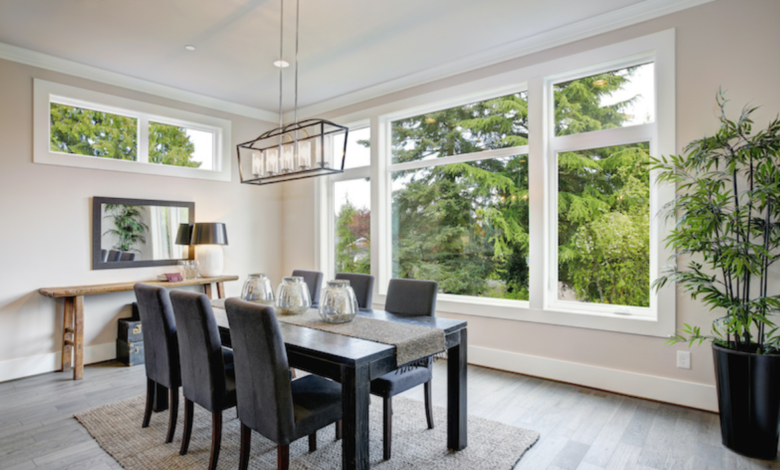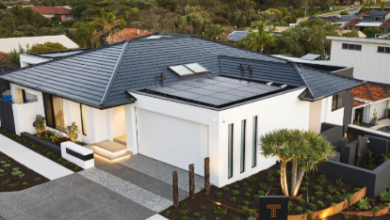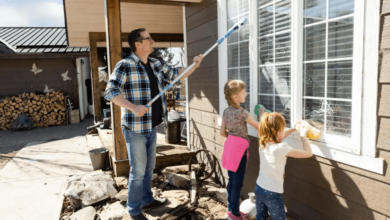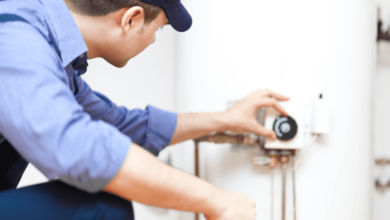5 Powerful Reasons to Choose an Awning Window for Modern Living

In today’s era of architecture where functionality meets aesthetic appeal, homeowners are increasingly turning toward smarter window solutions. Among these, awning windows have carved a niche for themselves—offering a blend of ventilation, energy efficiency, and sleek design. As someone who recently renovated a 1960s-style bungalow into a minimalist, modern retreat, I can attest firsthand to the transformation awning windows can bring—not only to a home’s façade but to the way light and air are experienced indoors.
Whether you’re constructing a new home, remodeling, or simply exploring energy-efficient upgrades, understanding the advantages and trade-offs of awning windows is essential. This article explores their merits and demerits, includes expert advice, and offers answers to common questions—grounded in both technical knowledge and personal experience.
What Is an Awning Window?
An awning window is a type of casement window that is hinged at the top and opens outward from the bottom. This design creates an “awning” effect, shielding the interior from rain while allowing for continuous airflow. They’re operated with a crank or lever and are often placed higher on walls to maximize wall space and privacy.
They are ideal for:
- Bathrooms and kitchens for moisture control
- Basements where wall space is limited
- Rooms that benefit from natural light without compromising privacy
See also: Improve Home Value with a Smooth, Clean Entry
5 Key Reasons Why Awning Windows Are Worth Considering
1. Year-Round Ventilation—Even During Rain
This is arguably the standout feature of awning windows. Because they open outward from the bottom, you can leave them open during rain without worrying about water seeping inside. The sloped design acts like a protective canopy. I’ve found this especially helpful in my kitchen and bathroom—two areas where humidity needs to be managed regardless of the weather.
Expert Insight: According to building consultants, ventilation is critical to indoor air quality. Awning windows help reduce mold and mildew buildup by allowing moist air to escape while preventing external moisture from entering.
2. Superior Energy Efficiency
Awning windows are some of the most energy-efficient window types when sealed properly. Their compression seals are typically tighter than the sliding tracks on double-hung or sliding windows, which reduces air leakage.
Personal Experience: After installing double-glazed awning windows with low-E coatings, my indoor temperatures stabilized. My energy bills dropped by 15% during both summer and winter compared to my previous aluminum-framed sliding windows.
Expert Tip: Look for ENERGY STAR-rated models and pair them with insulated frames (e.g., uPVC or thermally broken aluminum) for the best results.
3. Enhanced Privacy Without Sacrificing Light
One of the hidden perks of awning windows is that they can be installed higher up on a wall, allowing natural light in while maintaining privacy. This makes them perfect for:
- Bathrooms
- Bedrooms facing neighbors
- Ground-floor offices or studios
In my own renovation, I used long horizontal awning windows in the bathroom—about 6 feet above floor level. They usher in sunlight, create a feeling of openness, and eliminate the need for blinds.
4. Minimalist, Modern Aesthetics
Architects love awning windows for their clean lines and compatibility with contemporary designs. They often come with slim frames, unobtrusive hardware, and can be combined with fixed panes for larger viewing areas. Their symmetrical proportions and understated design contribute to a seamless indoor-outdoor flow.
First-Hand Designer’s Note: When working with my interior designer, she suggested combining multiple awning windows with picture windows to break up a solid wall of glass—adding functionality without compromising the panoramic view.
5. Versatile Installation Options
Awning windows can be installed in a variety of configurations:
- Above doors or other windows as clerestory windows
- Stacked horizontally for a ribbon effect
- In tight or narrow wall spaces
- In hard-to-reach places (e.g., over a kitchen sink)
This flexibility makes them a top choice for maximizing both form and function. When I was reworking the basement layout, the awning window format allowed me to meet ventilation codes without eating into valuable wall space needed for furniture placement.
Pros and Cons of Awning Windows
Merits (Pros)
| Feature | Benefit |
| Weather-resistant design | Can be kept open during rain |
| Strong sealing system | Excellent insulation and energy efficiency |
| Great for privacy | High placement allows light in while keeping views out |
| Space-efficient operation | Opens outward without taking up interior room space |
| Modern appearance | Complements sleek, contemporary home designs |
| Security | Typically smaller openings with strong latching mechanisms |
Demerits (Cons)
| Concern | Consideration |
| Limited egress | Not suitable for emergency escape routes in bedrooms |
| Mechanical components | Cranks and hinges can wear out over time |
| Not ideal for narrow exterior | Requires outward clearance—may interfere with walkways or patios |
| Cleaning difficulty | Cleaning the exterior side is harder in upper-story installations |
| Higher cost | Premium features and frames can be more expensive |
Real-World Use Cases
- Urban Apartments: Awning windows above head height provide both security and natural ventilation in compact city dwellings.
- Tiny Homes: Their compact footprint and efficient air flow make them a staple in off-grid or tiny home designs.
- Commercial Spaces: Many cafes and studios use awning windows to create pass-through openings or natural air circulation without full exposure.
FAQs About Awning Windows
1. Are awning windows secure?
Yes, awning windows typically come with multiple locking points and are difficult to pry open from the outside due to their hinge design. For added protection, look for reinforced glass or security screens.
2. Can I use awning windows in cold climates?
Absolutely. Their tight seals make them ideal for both cold and warm climates. Choose double- or triple-pane glass with insulated frames to prevent condensation and heat loss.
3. How do I maintain awning windows?
Maintenance involves occasional cleaning of the glass, lubricating the hinges and cranks, and checking the rubber seals. If installed higher up, you may need a ladder or professional service for exterior cleaning.
4. Are awning windows expensive?
They tend to be slightly more expensive than sliding or single-hung windows due to the mechanical hardware and higher energy efficiency. However, their longevity and performance often justify the upfront cost.
5. Can I combine awning windows with other window types?
Yes, they pair well with fixed windows, picture windows, and even sliding doors. Combining window types enhances natural lighting and improves aesthetics.
6. Do awning windows open all the way?
They usually open up to 45-60 degrees. This angle allows for effective ventilation while still shielding from light rain. Some models have limiters or stops for safety or wind resistance.
Final Thoughts: A Smart Upgrade for 21st Century Homes
From first-hand experience and industry trends, it’s clear that awning windows are more than just a stylish choice—they’re a functional investment in comfort, energy savings, and long-term home value. Whether you live in a humid coastal area or a frosty mountain town, their ability to combine ventilation with weather resistance makes them a solid, versatile option.
So, whether you’re replacing a few outdated units or embarking on a complete remodel, remember the 5 powerful reasons we’ve discussed. Awning windows might just be the window to your home’s next chapter.





